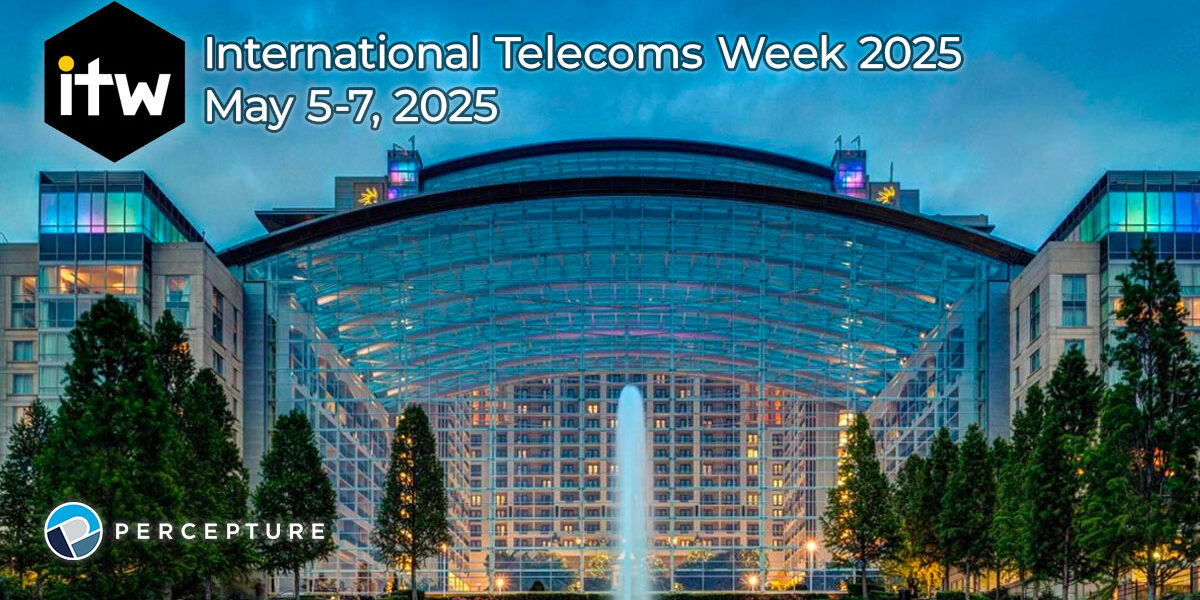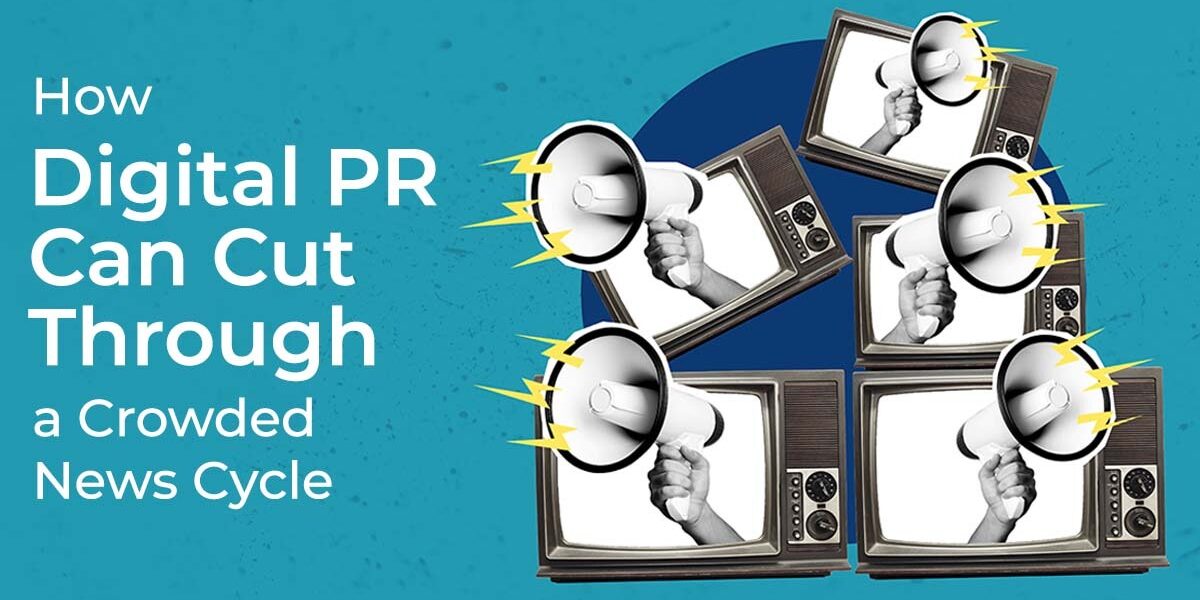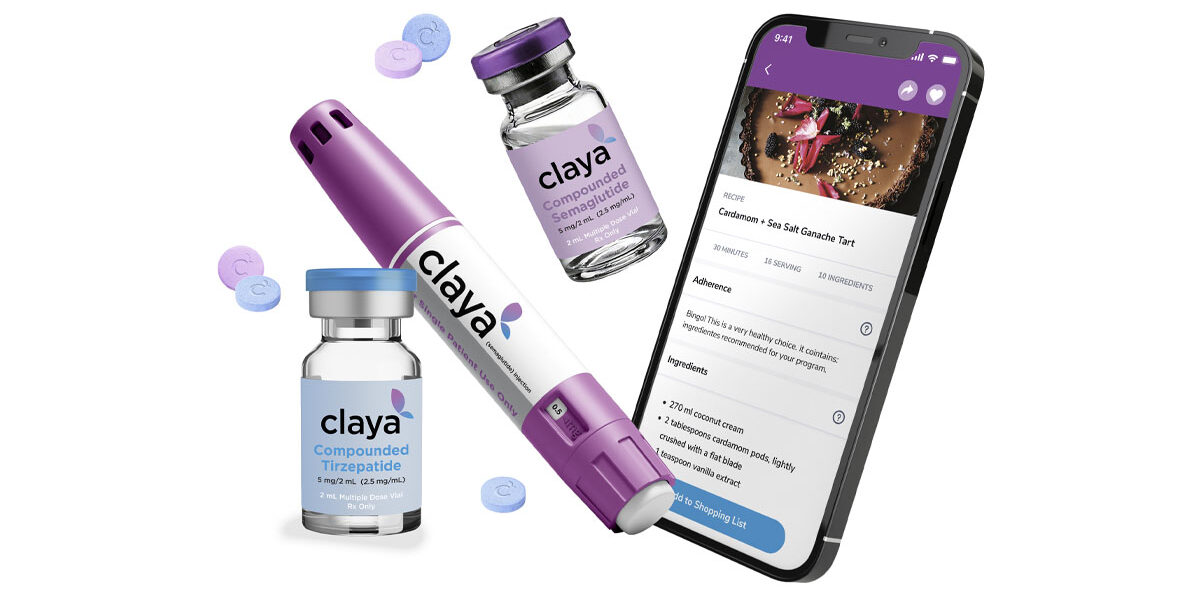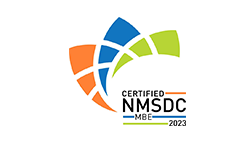The widespread use of social media altered Public Relations over the past 20 years. Social Networks changed the landscape of digital content creation and created a world where customer feedback is instantaneous.
The rapid evolution of social media meant that PR professionals needed to adapt traditional PR tactics for the digital world. That shift was part of the rise of the practice of Digital PR. Digital PR combines traditional public relations tactics with digital marketing best practices, helping businesses increase brand awareness and engagement online to lead to measurable results.
Make no mistake – traditional public relations is still critically important! But, understanding how social media has shifted the focus of public relations helps to explain the strategies used by any successful Digital PR agency.
How did we get here? I’ll examine four ways social media changed Public Reactions – and explain how those changes helped to create today’s Digital PR strategies.
The Rise of Online Influencers
Twenty years ago it was unthinkable that someone could publish photos and stream live video to hundreds of thousands of viewers from their living room. Today, people all over the world do just that on a variety of social networks – and, the most-popular publishers have become influencers.
That is the result of the rise of social media combined with something known as “Democratization of Technology.” “Democratization of Technology” is a way to say that a technology has evolved to become more accessible to a wider group of people – eventually becoming available broadly to the general public.
The increasing ubiquity of smart phones as a combination personal computer and high-definition camera is just one example of how the democratization of technology has changed how people create and publish rich media. And, social media gives people a platform on which they can publish it.
Thanks to social media and those pocket-sized super-computers, today it is possible for anyone to become an influencer – from IT experts to streaming gamers to beauty gurus. Some influencers draw more viewers or listeners than programming on traditional TV and radio outlets! And, even when influencers have a small audience, that audience can be hyper-focused on their specific topic of influence – a marketer’s dream demographic!
These influencers aren’t going to read a traditional press release (though news releases still have major benefits for Digital PR!). To get your brand or product in front of influencers and into their content, you need a Digital PR approach that can find the best potential partners, measure their reach, and get their attention!
That doesn’t just come from cultivating relationships with influencers, but also from regular content creation. A strong social media strategy for your brand that spans multiple networks gives influencers more chances to see and interact with your content. That turns a potential cold pitch into a warm one if an influencer has liked or reposted your content.
Content Publishing & Customer Interaction
One of the biggest changes that social media has brought to brands is the ability to communicate directly with consumers. That comes not only in the form of customer support, but in the way brands build their online identity.
In the same way the democratization of technology turned the general public into broadcasters and influencers, it has given every brand the power to publish their own content direct to consumers.
That means that every brand now has the added challenge of managing a content calendar. And, that content calendar should not just include social media posts. Brands also need to develop content on their own websites to realize the full benefits of search engine optimization – so customers can find them at the right time!
A Digital PR approach can unify traditional PR outreach, content creation, and social media editorial calendars into a single omnichannel marketing plan.
Additionally, social media provides instant feedback, allowing Digital PR professionals to gauge public sentiment and adjust their strategies accordingly. The immediacy of this feedback loop is invaluable in a world where brand perception can shift rapidly based on user-generated content.
The Power of User-Generated Content
One of the most powerful ways that brands can use social media isn’t about publishing – it’s about listening.
Your customers are on social media writing posts about your brand, making videos, and writing reviews. These aren’t influencers with a large audience of their own – they’re just regular people narrating their everyday experiences through User-Generated Content (UGC).
Entribe’s 2023 User-Generated Content Survey discovered that 85% of people prefer to see brands share content from actual customers – rather than sponsored content or influencer partnerships.
And, the emerging consumers in Gen Z actually prefer UGC – 61% of Gen Z favor UGC over streaming, music, and gaming.
That means user-generated content isn’t just a great way to measure sentiment and gather feedback. It can also be a powerful marketing tool for your brand. A complete Digital PR plan will include social network monitoring to uncover new content about your brand in real time.
Real time monitoring not only helps you stay on top of the story of your brand in the eyes of users. It also helps you respond when your brand is experiencing a crisis.
Real Time Crisis Communications
Social media has also fundamentally changed both the pace of and the audience for Crisis Communications.
Before social media, managing a PR crisis involved crafting statements for traditional media outlets. The time from the start of a crisis through the statement reaching the public through traditional news media could be measured in hours or even days.
Today, news spreads instantaneously – and negative news can often travel the fastest. In addition to product recalls and safety incidents, now negative customer experience can go instantly viral – quickly becoming the main story about your brand online.
That means Crisis Communications need to occur just as quickly. Telecom companies have status pages that are updated the moment an outage strikes – sometimes automatically! And, we’ve all seen celebrities post awkward Notes App apologies that clearly haven’t been vetted by a PR professional, let alone spell-checked.
Digital PR understands that Crisis Comms have to balance rapid response alongside a well-crafted plan. Social media allows brands to address a crisis in real time, providing critical updates directly to consumers and containing the spread of misinformation. A modern Crisis Comms plan needs to address these short term communications as well as long-term mitigation.
And, planning for the short term means planning ahead – proactively anticipating brand disasters and planning the appropriate social channels to quickly respond to emerging issues.
Social Media Helped to Create Digital PR
Digital PR exists in large part because of how social media altered public relations.
Digital PR doesn’t replace Traditional PR – it amplifies the impact and extends the reach by taking advantage of opportunities to connect with influencers, publish content, listen to users, and manage brand reputation in real time.
Are you ready to take your Digital PR plan to the next level? Get in touch with us today to explore how Digital PR can increase your impact and reach.






